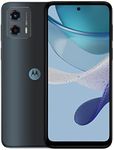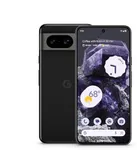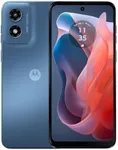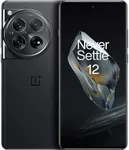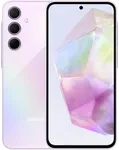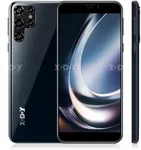Buying Guide for the Best Affordable Android Phones
Choosing an affordable Android phone can be a bit overwhelming given the wide range of options available. However, by focusing on a few key specifications, you can find a phone that meets your needs without breaking the bank. The key is to understand what each specification means and how it impacts your overall experience. Here are some important specs to consider when shopping for an affordable Android phone.ProcessorThe processor, or CPU, is the brain of your phone. It determines how fast and efficiently your phone can run apps and perform tasks. For affordable Android phones, you will typically find processors from brands like Qualcomm Snapdragon, MediaTek, or Exynos. Entry-level processors (e.g., Snapdragon 400 series) are suitable for basic tasks like calling, texting, and light app usage. Mid-range processors (e.g., Snapdragon 600 or 700 series) offer better performance for multitasking, gaming, and more demanding apps. Choose a processor based on your usage needs: if you only need basic functionality, an entry-level processor will suffice, but if you plan to use more apps and games, a mid-range processor is a better choice.
RAMRAM (Random Access Memory) is crucial for multitasking and smooth performance. It allows your phone to run multiple apps simultaneously without slowing down. Affordable Android phones typically come with 2GB to 6GB of RAM. For basic usage like browsing, social media, and light apps, 2GB to 3GB of RAM is adequate. If you plan to use more apps, play games, or multitask frequently, aim for 4GB to 6GB of RAM to ensure a smoother experience.
StorageStorage capacity determines how much data, apps, photos, and videos you can store on your phone. Affordable Android phones usually offer 16GB to 128GB of internal storage. For minimal usage, 16GB to 32GB may be enough, but keep in mind that the operating system and pre-installed apps take up some of this space. If you plan to download many apps, take lots of photos, or store videos, consider a phone with at least 64GB of storage. Additionally, check if the phone supports expandable storage via a microSD card, which can provide extra space if needed.
DisplayThe display is your window to the phone's interface and content. Affordable Android phones come with various screen sizes and resolutions. Screen size typically ranges from 5 inches to 6.5 inches. Smaller screens (5-5.5 inches) are more compact and easier to handle with one hand, while larger screens (6-6.5 inches) provide a better viewing experience for videos and games. Resolution affects the clarity and sharpness of the display; common resolutions include HD (720p) and Full HD (1080p). For basic use, an HD display is sufficient, but for a better viewing experience, especially for media consumption, a Full HD display is preferable.
Battery LifeBattery life is essential for ensuring your phone lasts throughout the day without frequent recharging. Battery capacity is measured in milliampere-hours (mAh). Affordable Android phones typically have batteries ranging from 3000mAh to 5000mAh. For light users who mainly call, text, and browse, a 3000mAh battery may be sufficient. However, if you use your phone for gaming, streaming, or other power-intensive activities, look for a battery with at least 4000mAh to 5000mAh to ensure longer usage between charges.
CameraThe camera quality is important for capturing photos and videos. Affordable Android phones often come with single or dual camera setups. The main camera's resolution is measured in megapixels (MP), with common ranges from 8MP to 48MP. For casual photography and social media sharing, an 8MP to 12MP camera is usually sufficient. If you want better photo quality and more features like portrait mode or wide-angle shots, consider phones with higher resolution cameras (16MP to 48MP) and additional lenses. Remember that software optimization also plays a significant role in photo quality, so higher megapixels don't always mean better photos.
Operating System and UpdatesThe operating system (OS) version and update support are crucial for security and access to the latest features. Affordable Android phones may come with different versions of Android, but it's best to choose one with a more recent version (e.g., Android 10 or later) for better performance and features. Additionally, check if the manufacturer provides regular updates and security patches. Phones with good update support will stay secure and perform well over time.
